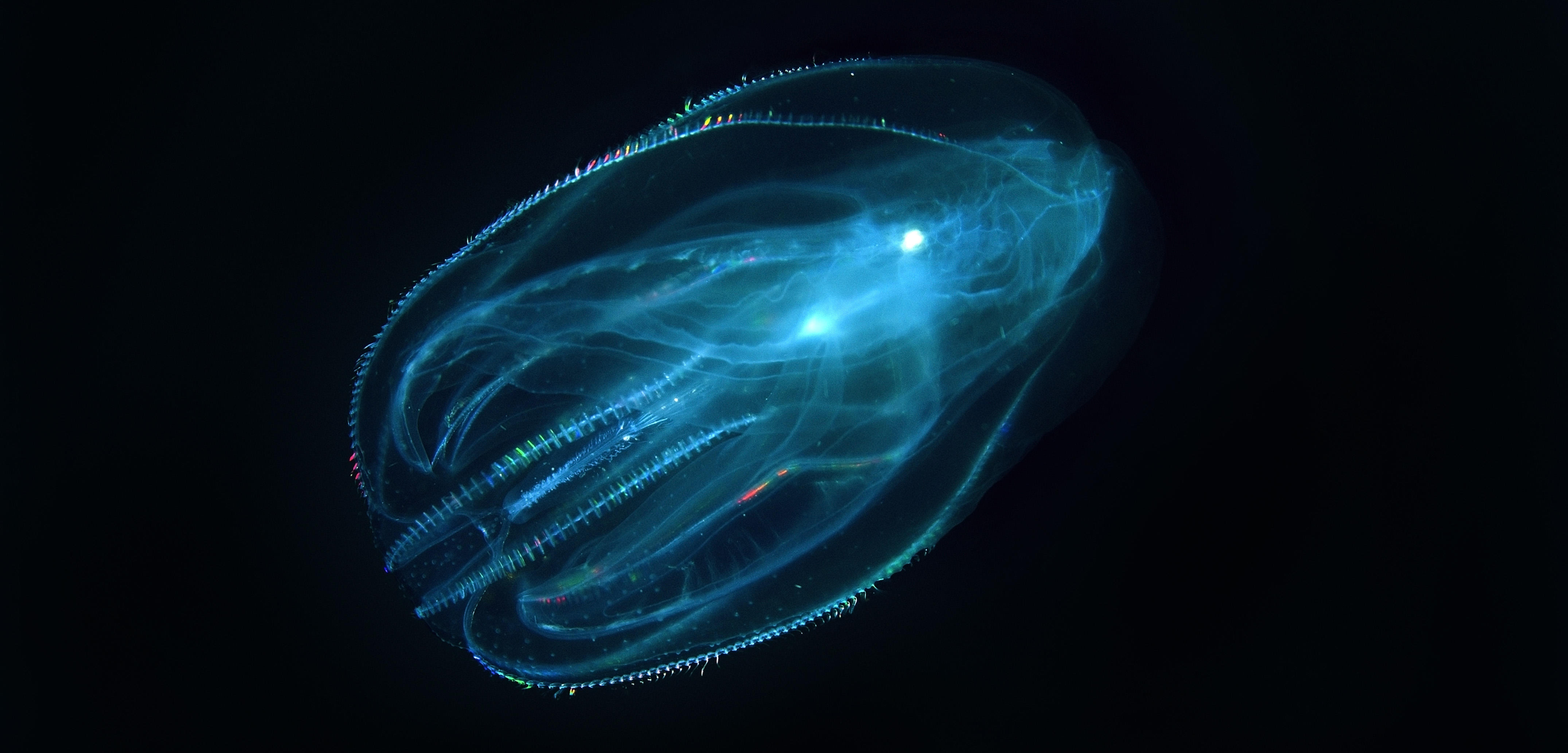Most Invasive Marine Species Swim Under the Radar
Half of all invasive species in the ocean have only been studied once, and we only know about the potential impacts of one out of every 10.
Article body copy
The first signs of trouble came in the mid-2000s. A strikingly beautiful, highly venomous animal called the lionfish—first spotted outside its native range in the Indo-Pacific in the 1980s—now seemed to be in every reef, mangrove forest, and seagrass meadow in the Caribbean. The fish quickly became the face of what the International Union for Conservation of Nature has called “arguably the most insidious threat” to marine biodiversity: invasive species.
Marine biologist Isabelle Côté saw firsthand how the lionfish population exploded and devastated ecosystems all over the Caribbean. But after 10 years of investigations, Côté, a marine ecologist at Simon Fraser University in British Columbia, ran out of questions to ask about the lionfish and moved on to study a poorly understood invasive species: the New Zealand mud snail. The disparity she saw between what scientists knew about the two species was striking. It deepened her intuition that while “we probably know enough about some species,” she says, we “definitely don’t know enough about most marine invaders.”
In a new study, Côté proved that intuition right. She and her colleagues reviewed the existing scientific literature to show that of the 975 species considered to be marine invasive species, 55 percent have only been studied once, and a mere seven percent have been studied more than 10 times. The paper shows that in invasive species research there are some poster children garnering everyone’s attention while most invaders swim in the darkness, untouched by scientific knowledge.
“I think science sometimes presents itself as having all the solutions, right?” Côté says. “This is a paper that tells us there’s a whole lot that we don’t know.”
Côté and her team started the analysis in 2018, first focusing on six groups—cnidarians (jellyfish, corals, sea anemones, and their relatives), ctenophores (comb jellies), annelids, mollusks, arthropods, and chordates. Then, as COVID-19 lockdowns slowed fieldwork, leaving them with more time, they decided to dig deeper, expanding the search for nonnatives to nine groups of marine animals. They cast a wide net, scouring through a repository of scientific research and initially pulling a list of around 30,000 papers. The team patiently combed through the list, spending hundreds of hours determining which documents were relevant to their work. They ended up with a list of 2,203 different scientific studies.
The team found vast differences in the number of studies between groups of animals. For example, fish and mollusks were the protagonists of nearly half of all studies (1,075), but echinoderms (sea stars, sea cucumbers, and their relatives) and sponges only appeared in 33 and 37 studies, respectively. Differences were also stark within each animal group: of the four known species of invasive ctenophore, one, the sea walnut, represented 93 percent of all the studies in the taxa. Lionfish, the face of marine invaders, were the subjects in nearly 40 percent of all of the studies looking at invasive marine fish.
“We have a lot of gaps in invasion science, just because it’s a relatively new area of study,” says Jean Ricardo Simões Vitule, a conservation biologist at the Federal University of Paraná in Brazil who was not involved in the study. “So it’s not impressive that you have a lot of gaps. What’s impressive is the magnitude of the taxonomic bias.”
More worrisome, Côté says, is the fact that only 10 percent of the reviewed studies quantified the impact these nonnative species are having on their adopted ecosystems. Impact studies are essential to attract government or institutional funding, so researchers tend to study species with known effects. The end result is that money flows to learn more about better-known species, further widening the gap with the unstudied, or understudied, species. “It’s sort of a self-fulfilling prophecy,” Côté says.
Changing this trend will not be easy. Impact studies are expensive and time-consuming, explains Simões Vitule. In marine ecosystems, changes in native populations can be influenced by many factors, from pollution to climate change, so proving how and to what extent an invasive species is responsible for a shift is extremely hard to do. Impacts might be seen over decades, so a single study might show that a particular invader is harmless when that’s not actually true. In other cases, he explains, it might take a second invasive species to boost the impacts of an earlier invader.
Côté hopes this new paper inspires her colleagues to study lesser-known invasive species, and that it encourages funding bodies to support that work. “We are moving species around in the ocean so much more than we realize,” she says. “But there are a lot of discoveries to be made.”

